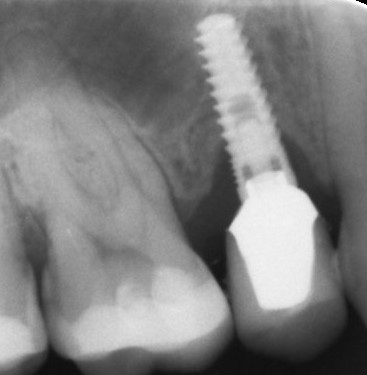
Uncategorized
12 Oct Dental implants while pregnant. Can I get ? Free guide here
Dental implants while pregnant. During pregnancy, hormone levels fluctuate as you are supporting the life of another being inside your body. Moreover, there is an increased need for essential nutrients, which are necessary for you and your unborn child's health. Your doctor will advise you to consume foods that are rich in nutrients such as folic acid and minerals. These promote proper development of your baby's key organs. There is also a necessity to avoid situations that can jeopardize the safety of the fetus. Such as radiation or exposure to elements harmful to its growth and development.26 Sep Why Replace Missing Back Teeth with Dental Implants ?
Perhaps you have been missing a tooth or two for years, and you are probably used to not having them anymore. As you get accustomed to your missing tooth, the more you put off that ever-important goal of replacing it. This is more likely to happen when it is in a location that is not visible each time you smile or talk. Since no one – not even yourself – notice the missing tooth, you may assume that it is not completely necessary to have it replaced. However, is this really the best thing to do, or should you work on getting a tooth replacement procedure done?
14 Sep The use of Zirconium and Titanium Abutment in Dentistry
In dental implantation, an abutment functions as an adapter or connector between the crown's upper portion and the implant positioned in the jawbone. With the abutment, it is possible to attain successful results with implantation since all the different components of the structure are working harmoniously with each other. There are also different types of abutment based on the material used, as well as the angulation, size and shape that match the implant or even the application and purpose. It is only a matter of discussing with your dentist what works for you best, so you can get maximum benefits from dental implantation.03 Sep Implant positioning templates. What are they? Free guide here
Implant positioning templates. When it comes to dental implantation, there are several processes involved, which help ensure the outcome and satisfaction of the patient. For instance, there are positioning templates used, and these are responsible for keeping the implants stable and secure. Find out more about positioning templates and what they do, so you can have a better understanding of this component that comes with dental implantation.29 Aug Conical Connections and Dental Implants. Free guide here
Conical connections and dental implants.
In dental implantation, a conical connection refers to a kind of implant that is considered as abutment or a heavy and solid structure for connetion purposes. For instance, titanium abutment may be used by the dentist and have this screwed securely onto the implant. Generally, the dental implant is situated in the bone, while the crown is positioned and attatched to the titanium abutment. Tweezers are also used to hold the implant in place. With this in mind, an abutment is an implant cap, which also serves as a crown base.
26 Aug Implant Impression in Dentistry. Free guide here
Implant impression in dentistry Dental implantation includes certain processes that ensure you of a positive outcome after the entire procedure is done. For instance, it includes implant impression. This is a means of transferring the implant's position in the affected jaw and onto the plaster model. After this process is done, the plaster model is used as a guide in making the right artificial tooth. Basically, there are two techniques included in the process such as the repositioning and pick up technique.
06 Aug High blood pressure and dental implants . Free guide here
High blood pressure and Dental Implants.
High blood pressure occurs when your arteries undergo an increase in blood presure persistently. This condition is also known as hypertension. This makes it difficult for the heart to pump enough blood to different parts of the body. When your heart beats, blood is pumped through your arteries and brought to the entire body for nourishment. However, each time your blood pressure becomes elevated, the heart finds it more difficult to pump. Unfortunately, most cases of high blood pressure does not come with any symptoms. Therefore, it is best to identify the occurrence of this condition. It can lead to coronary heart disease and cardiovascular disorders.
03 Aug Are dental implants right for those with dry mouth? Free guide here
Dry mouth and dental implants. If you are missing some teeth, you may feel self-conscious or insecure about the way you look. Moreover, it can be challenging chewing your food, which may also affect your digestion. So, whether for aesthetic or functional reasons, replacing teeth is important. Perhaps the most important thing for regaining self-confidence and self-esteem. It is only a matter of choosing the best tooth replacement option that works for you.21 Jul Interview
Read our Interview with James Hughes from U.K. 1. How come the idea of getting dental treated in Hungary?
I already knew that Hungary is renowned for its expertise in dentistry and affordable prices. After errors and long periods of waiting for my treatment in the UK, I had had enough and decided to give Budapest a try.
1. How come the idea of getting dental treated in Hungary?
I already knew that Hungary is renowned for its expertise in dentistry and affordable prices. After errors and long periods of waiting for my treatment in the UK, I had had enough and decided to give Budapest a try.

 2. How did you found Contident?
I researched Dentists and Implantologists in Budapest and liked the look of look of Contident.
2. How did you found Contident?
I researched Dentists and Implantologists in Budapest and liked the look of look of Contident.






